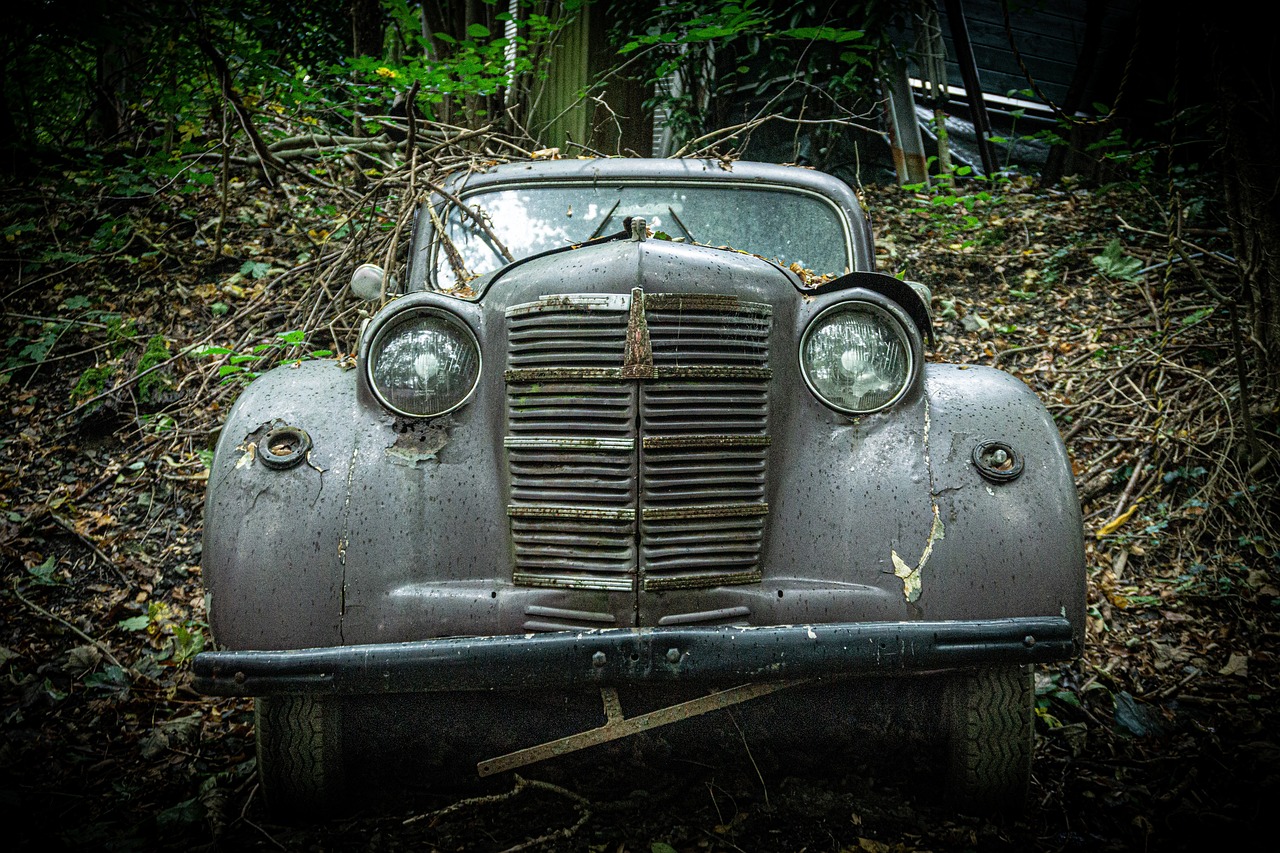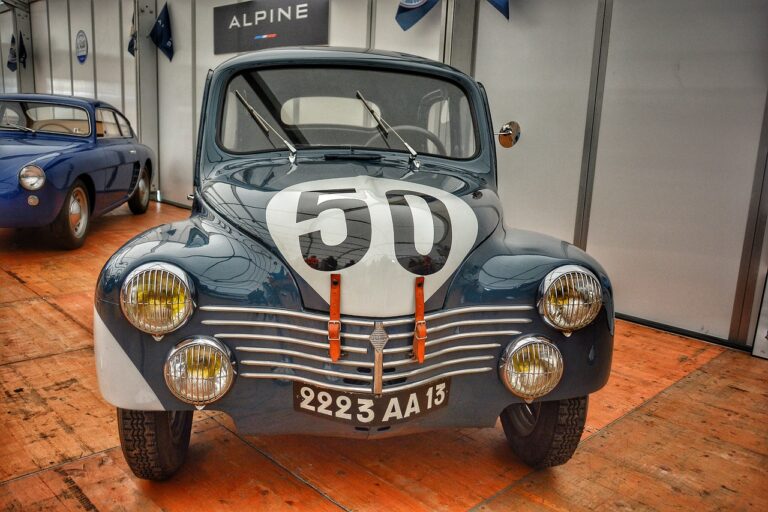The Role of Biomimicry in Car Design: Learning from Nature’s Efficiency
Biomimicry, the practice of drawing inspiration from nature to solve human challenges, has sparked a wave of innovation in the automotive industry. By observing and studying the natural world, engineers and designers have been able to create vehicles that are not only aesthetically pleasing but also highly efficient and sustainable.
One striking example of biomimicry in car design is the development of vehicles inspired by the streamlined shape of marine animals such as sharks. By mimicking the hydrodynamic form of these creatures, car manufacturers have been able to reduce aerodynamic drag, leading to improved fuel efficiency and overall performance. The integration of nature-inspired design principles has not only revolutionized the way cars look but has also significantly enhanced their functionality and environmental impact.
Adapting Structural Designs from Nature for Car Safety
When it comes to ensuring car safety, looking to nature for inspiration can lead to remarkable breakthroughs. The structural designs found in various natural entities have evolved over time to withstand a range of environmental pressures and forces. By studying and adapting these designs, engineers have been able to enhance the safety features of modern vehicles, ultimately improving overall crash resistance and occupant protection.
One notable example of biomimicry in car safety is the adoption of honeycomb structures for impact absorption. Inspired by the honeycomb’s ability to distribute force evenly, automotive manufacturers have incorporated similar designs in car crumple zones. This innovation has proven to be highly effective in dissipating energy during collisions, reducing the severity of impact on the vehicle’s occupants.
What is biomimicry?
Biomimicry is the practice of using designs and processes found in nature to inspire and create innovative solutions for human problems.
How can biomimicry be applied to car safety?
By studying the structural designs found in nature, engineers can adapt these designs to create safer and more efficient cars.
What are some examples of structural designs in nature that can be adapted for car safety?
Examples include the honeycomb structure of beehives for impact absorption, the flexibility of spider silk for resilience, and the hierarchical structure of bones for strength.
How can adapting structural designs from nature improve car safety?
By incorporating these natural designs, cars can be made more resistant to impact, more durable, and better able to protect occupants in the event of a crash.
Are there any real-world examples of car manufacturers using biomimicry in their designs?
Yes, some car manufacturers have already started incorporating biomimicry into their designs, such as using the structure of bison skulls for impact-resistant bumpers.





